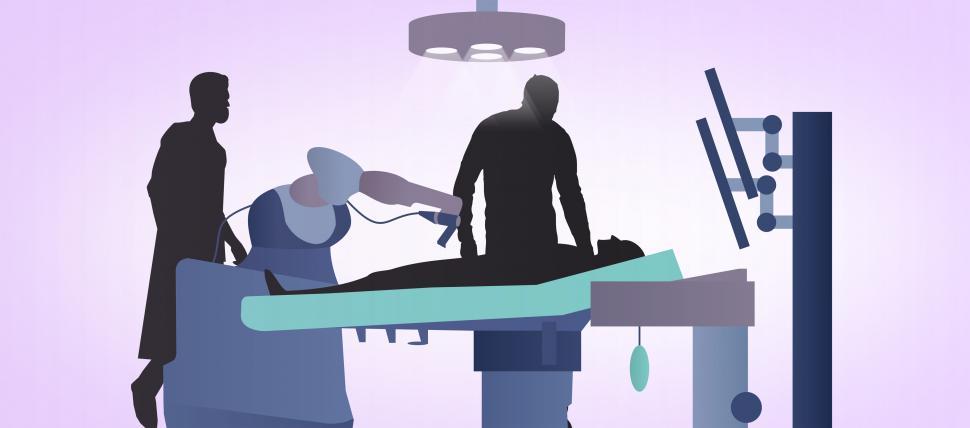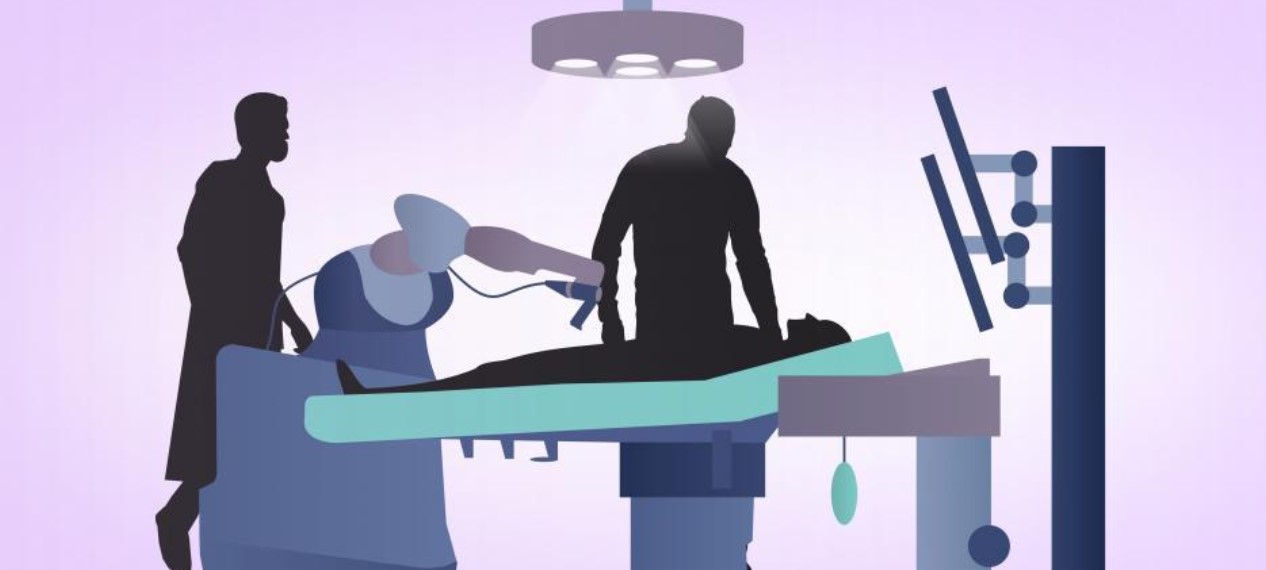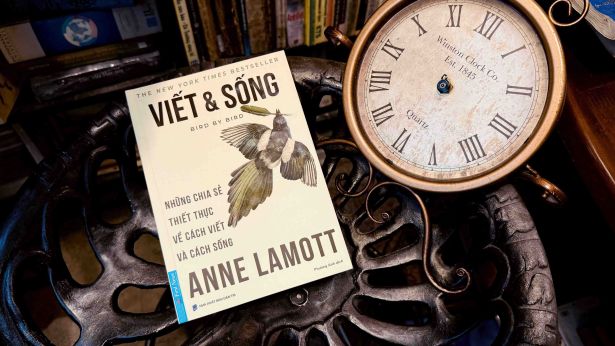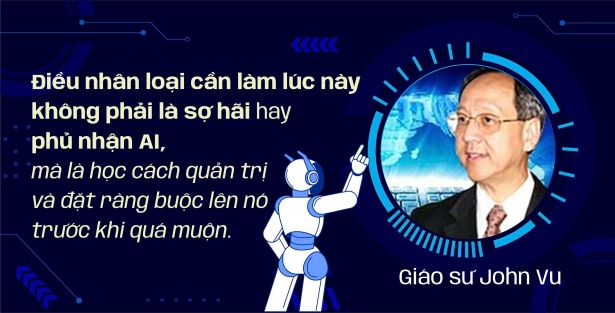 11 Mar, 2021
11 Mar, 2021
Robotics ở CMU
Viện Robotics của Carnegie Mellon University là viện đầu tiên chuyên về robot trên thế giới. Nó vẫn còn là người lãnh đạo trong nghiên cứu, giáo dục và phát kiến trong lĩnh vực robotics.
Ngày nay sinh viên CMU đang làm việc trên nhiều robot để được dùng trong chế tạo, chăm sóc sức khoẻ, giáo dục, nông nghiệp, vận tải và nhiều nữa. Vài năm trước, họ đã thành công trong phát triển các robot cứu người trong đám cháy, thảm hoạ tự nhiên như động đất. Hình dung các robot nhỏ bò theo cách của nó qua gạch vụn bốc khói còn lại của việc sụp đổ toà nhà sau động đất. Nó định vị người bị mắc kẹt đằng sau hàng đống đổ nát, báo động cho lính chữa cháy để bắt đầu chiến dịch giải cứu và gửi thông tin bản đồ mấu chốt cho robot đào bới khác để dọn những mảnh vỡ cho người đi cứu đi vào. Họ cũng thành công trong làm việc trên các robot mà sẽ đi vào trong mỏ để đào bới vật tư thô thay cho người. Trong khi một số robot làm việc đào bới, robot khác chuyên chở vật tư vào băng tải chuyển chúng tới thang máy nơi robot khác sẽ chuyển chúng từ thang máy tới xe tải vận chuyển. Ngày nay, có trên trăm dự án robot ở CMU, một số robot lớn như xe tải lớn, và một số nhỏ như hòn bi nhỏ.

Nhiều khách thăm CMU ngạc nhiên thấy “Marion” người máy tiếp tân ở cửa vào trước. Nó là robot xã hội, đón chào và hướng dẫn mọi người tới nơi họ cần đến. Nếu bạn mà gặp nó, phải chắc hỏi về tình yêu của nó với nhạc rock and roll. Nó có thể nói hàng giờ về âm nhạc và bài hát với bạn. Bạn có thể hỏi nó nhiều điều về robotic của CMU.
Tháng sáu năm ngoái, tổng thống Obama đã tới thăm CMU và thích thú cuộc đối thoại với “Marion” người máy tiếp tân. Ông ấy nói: “Hello, Hello, Hello” Robot trả lời: “Yên tĩnh đi, sinh viên đang trong lớp, ông là ai và ông muốn đi đâu?” Tổng thống nói: “Tôi là tổng thống nước Mĩ” Robot hỏi: “Tổng thống nước Mĩ là gì? Đây là lớp học, văn phòng hay toà nhà?” Tổng thống Obama bảo sinh viên: “Các bạn có thể không biết điều này, nhưng một trong những trách nhiệm của tôi là Tổng thống Mĩ là để mắt tới robots. Và tôi hài lòng báo cáo rằng robots các bạn chế tạo ở đây dường như rất yên bình.” Ông ấy cũng công bố chương trình nửa tỉ đô la để đầu tư vào các công nghệ robot mới. Nó là một phần của kế hoạch cải tiến tính cạnh tranh chế tạo của Mĩ và tạo ra việc làm mới. Và nhu cầu về kĩ nghệ robotic được tăng lên hơn 40 phần trăm năm qua. Gần như mọi tiện nghi chế tạo đều được hiện đại hoá bằng việc dùng robot và cần những người có thể thiết kế, làm và quản lí chúng.
Năm 2007, Xe thám hiểm sao Hoả của NASA đã dùng robot được CMU xây dựng để thám hiểm sao Hoả. Cùng năm đó, một chiếc xe tự lái được phát triển ở CMU đã đoạt giải danh giá “Thách thức ngoại ô DARPA” bằng việc thi lái 60 dặm quanh Los Angeles qua những chỗ giao lộ đông đúc, tuân thủ luật giao thông, và tránh các xe cộ khác, tất cả đều không có người lái. Các nhà khoa học của CMU tin trong tương lai gần xe tự lái sẽ là phổ biến.
CMU cũng là trường hàng đầu trong phát triển doanh nghiệp; Viện Robotics đã làm phát sinh ra hơn 40 công ti robot mới thành lập. Nổi tiếng nhất là Astrobotic Technology phát triển các robot cho thám hiểm không gian. Những robot này sẽ đi trong không gian để chuyển giao đồ cung cấp cho việc thám hiểm không gian hay tìm những thứ nào đó trên các hành tinh. Năm 2015, một robot CMU sẽ đi lên mặt trăng để tìm nước dưới dạng băng.
Tại CMU, sinh viên có cơ hội làm việc bên cạnh “các nhà tiên phong trong robotic” như giáo sư Whittaker, Kanade, hay Raj Reddy, giám đốc sáng lập của Viện Robotics và là người đoạt giải thưởng Turing, giải thưởng về khoa học máy tính tương đương với giải thưởng Nobel. Sự xuất sắc của CMU trong robotics đã hấp dẫn các công ti như Google, Intel, Apple, Disney và Caterpillar thiết lập văn phòng bên trong CMU để làm việc chặt chẽ với sinh viên trong công việc phát kiến của họ. Mặc dầu trong vài năm qua, nhiều đại học đã bắt đầu chương trình trong robotics, tuy nhiên ngày nay, nếu bạn thấy bất kì ai có bằng Ph.D. về Robotics, nó chỉ có thể là từ Carnegie Mellon.
http://www.ri.cmu.edu/news_view.html?news_id=228&fcode=2&menu_id=384
http://www.ri.cmu.edu/news_video.html?menu_id=387
—-English version—-
Robotics at CMU
Carnegie Mellon University’s Robotics Institute is the first institute specializing in robots in the world. It remains as the world’s leader in research, education and innovation in the field of robotics.
Today CMU students are working on many robots to be used in manufacturing, healthcare, education, agriculture, transportation and more. Few years ago, they succeed in develop robots that rescue people from fires, natural disasters like earthquake. Imagine small robot craws its way through the smoking rubble left by the collapse of a building after an earthquake. It locates people trapped behind pile of wreckage, alerting fireman to begin rescue operations and sends critical mapping information to another excavating robot that clear debris for rescuers to move in. They also succeed in working on robots that will go into a mine to excavate raw materials instead of people. While some robots do the excavating, another robot hauls materials into a conveyor belt that transport them to an elevator where another robot would move them into from the elevator to a transportation truck. Today, there are over hundred robotic projects at CMU, some robots are large as big trucks, and some are small as tiny marbles.
Many visitors to CMU are surprised to find “Marion” the robo-receptionist at the front door. He is a social robot, greeting and directing people to where they need to go. If you ever meet him, be sure to ask about his love of rock and roll music. He can talk for hours about music and songs with you. You can ask him many things about CMU’s robotics.
Last June, President Obama visited CMU and enjoyed the conversation with “Marion” the robo-receptionist. He said: “Hello, Hello, Hello” The Robot answered: “Be quiet, students are in class, who are you and where do you want to go? The President said: “I am the President of the U.S.” The Robot asked: “What is the President of the U.S? Is this a classroom, an office or a building? President Obama told the students: “You might not know this, but one of my responsibilities as President of the U.S is to keep an eye on robots. And I’m pleased to report that the robots you manufacture here seem very peaceful.” He also announced a half-billion-dollar program to invest in new robotic technologies. It is part of the plan to improve U.S manufacturing competitiveness and to create new jobs. And the demand for robotics engineering is increased more than 40 percent this past year. Almost every manufacturing facility is modernized with the use of robots and need people who can design, make, and manage them.
In 2007, NASA’s Mars Exploration Rovers used CMU built robots to explore Mars. That same year, a self-driving car developed at CMU won the prestigious “DARPA Urban Challenge” by competed a 60-mile drive around Los Angeles through busy intersections, obeying traffic laws, and avoiding other vehicles, all without a human driver. CMU scientists believe in the near future self-driving car will be popular.
CMU is the also top school in entrepreneurship; the Robotics Institute has generated more than 40 start-up robotic companies. The most famous is Astrobotic Technology which developing robots for space exploration. These robots will travel in space to deliver suppliers for space exploration or look for things certain in planets. In 2015, a CMU robot will go to the moon to find water in the form of ice.
At CMU, students have the opportunity to work side by side with the “Pioneers in robotics” like Professors Whittaker, Kanade, or Raj Reddy, the Robotics Institute’s founding director and winner of the Turing Prize, the computer science equivalent of the Nobel Prize. CMU’s excellence in robotics has attracted companies such as Google, Intel, Apple, Disney and Caterpillar to establish offices within CMU to work closely with students in their innovative works. Although within the past few years, several universities had begun programs in robotics. However, today, if you see anyone with a Ph.D. in Robotics, it can only be from Carnegie Mellon.
http://www.ri.cmu.edu/news_view.html?news_id=228&fcode=2&menu_id=384




 Thông báo
Thông báo















 Quay lại đăng nhập
Quay lại đăng nhập
